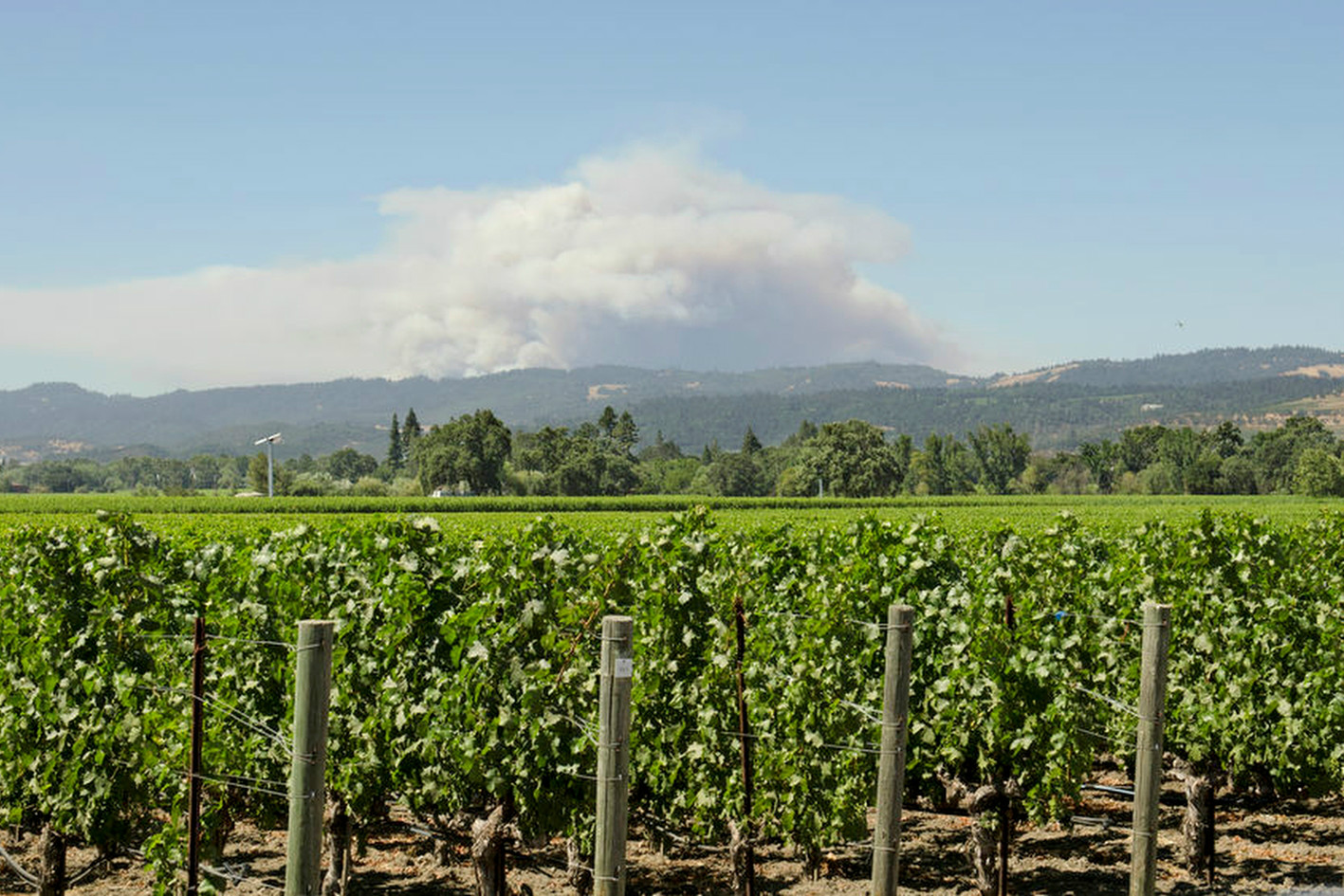
A modern challenge to winemaking
" Most producers won't release a wine if it shows any signs of smoke taint exposure "
Smoke taint has become a growing concern for winemakers across the globe as climate change increases the threat of wildfires. In late 2019 and early 2020, bushfires burned along Australia's south-eastern coast for more than five months. Chile suffered some of its worst wildfires ever in 2017, with flames damaging more than 100 vineyards. We have had fires in Spain and Portugal. In 2020 California and Oregon have faced wildfires, but since 2015 they have increased to nearly every year as the climate warms and the states endure repeated drought conditions. Fire is certainly part of California's ecosystem, but the season is starting earlier and ending later each year.
Smoke taint sounds bad, right?
But let's first ask the question of what exactly "smoke taint" is (and what it is not). When wood burns, aroma compounds called volatile phenols are released and these can permeate the skins of grapes and bond with the sugars inside; when those grapes are crushed and fermented, the acidity in the wine can release those phenols, causing the wine to smell like a campfire or, worse, taste like an ashtray. But smoke-tainted grapes are not actually covered in tarry smoke residue. So while smoking is very bad, smoke-tainted grapes actually aren't. [Ed. text in italics is copyright (c) Wine Spectator]
As the name implies, smoke taint can impart smoky flavours and aromas to a wine that render it unpleasant and unmarketable. Wines impacted by smoke taint are not harmful to drink, but they're not pleasant. At high levels, the taste has been variously described as campfire, ashtray and char.
Most producers won't release a wine if it shows any signs of smoke taint exposure. But the loss of those grapes and wines could have a financial and human impact on some wineries already reeling from the COVID-19 pandemic.
Studies have shown that grapes are typically more susceptible to smoke taint between “veraison” (the onset of ripening) and harvest. But smoke taint is still difficult to predict and research has found no direct relationship between visual smoke - the particulate matter floating in the air - and the potential for smoke-tainted grapes. Researchers believe that the density of the smoke and the duration are key in assessing smoke taint risk, with new smoke being worse than old smoke.
Are there possible solutions?
Winemakers can try to mitigate unwanted flavours in their wines by minimizing contact with grape skins, since that’s where the compounds are concentrated. That means white wines are less likely to exhibit smoke taint than red wines, since most whites are fermented without the grape skins.
Winemakers can also attempt to extract the smoke taint with activated charcoal or spinning-cone technology. Activated charcoal is used in drinking water filters and is the best fining agent found so far.
Smoke shouldn't impact wines that are already fermenting in tanks and barrels. The fermentation process creates a barrier of carbon dioxide that should protect the wines, even those fermenting in open-top containers.
The news is good for consumers
Understandably, the topic generates a lot of worrying reports in the trade press. But consumers can rest assured it will be rare that they will buy wines with any notable smoke taint from fires as better vineyards will not use affected grapes or will have minimised its impact through technology. In any case, those of you who enjoy robust reds fermented or aged in high toast barrels of new oak already enjoy the flavour of smoke taint!
Philip Evins
Bailli Délégué, Great Britain
An exceptional and prestigious Sauternes